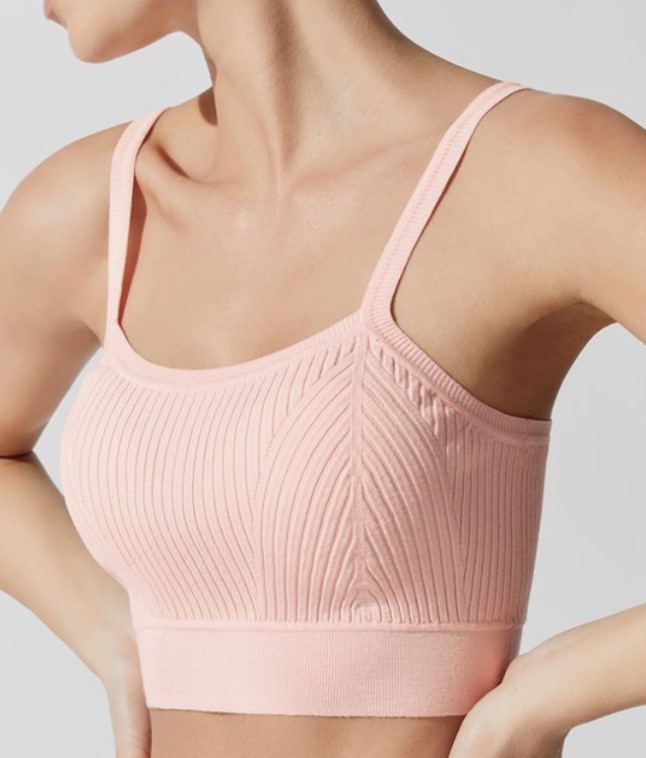
KNIT IT RIGHT
Functional Requirements of Knitted Underwear
In the world of intimate apparel, comfort is king, and knitted underwear holds a special place when it comes to delivering that cozy, snug feeling. For all you entrepreneurs and start-ups looking to dive into the Intimate Apparel industry, it’s crucial to understand the functional requirements that knitted underwear must meet to keep your customers smiling. From comfort to sewability, appearance, durability, and aftercare, we’ve got you covered.

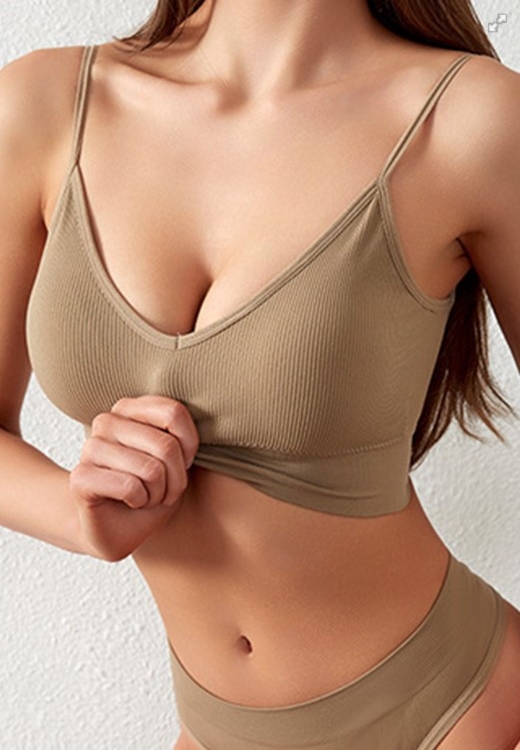
COMFORT: THE FOUNDATION OF KNITTED UNDERWEAR
Comfort is the foundation of knitted underwear. It’s not solely about experiencing good; it’s about feeling great! Let’s break down the various aspects of comfort:
- Aesthetic Comfort: Aesthetic comfort is all about how the underwear looks. Factors like color, style, garment fitting, fashion compatibility, fabric construction, and finish play a significant role in how your customers perceive your products visually.
- Thermal Comfort: No one wants to feel too hot or too cold. Knitted underwear helps maintain the right temperature balance, ensuring your customers are neither sweating nor shivering.
- Moisture Comfort: Moisture can be a major discomfort factor. Make sure your underwear keeps the skin dry and comfortable, preventing the feeling of wetness. No one likes that “sticky” sensation!
- Tactile Comfort: The way the fabric feels against the skin is crucial. Soft, smooth, and gentle fabrics win the tactile comfort game.
- Pressure Comfort: Comfort requirements include factors like good fit stability, low intrinsic weight, and fabric that are water and dirt-repellent.
Expert Advice: When aiming to meet these criteria, carefully weigh factors such as the fabric construction, finishing techniques and the materials incorporated into your knitted underwear.
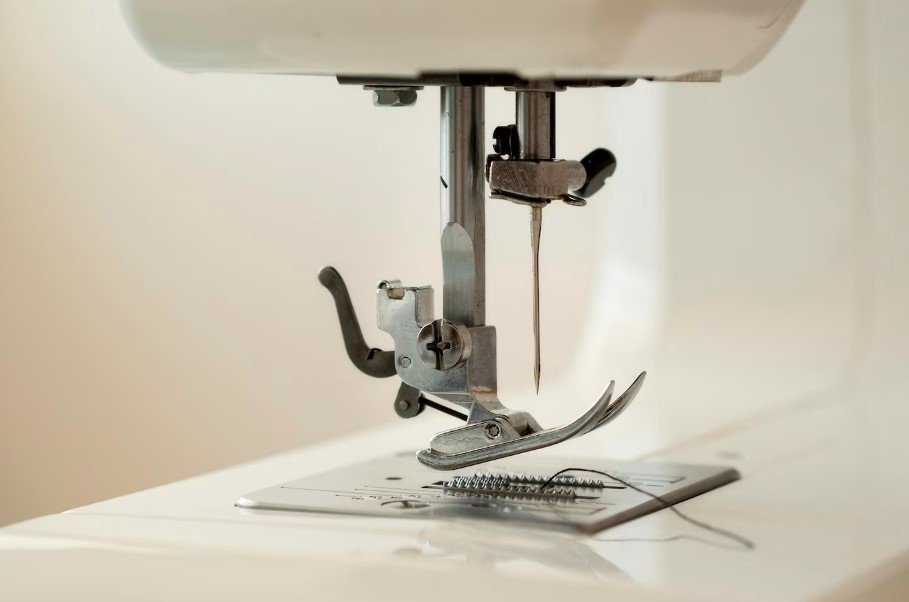
SEWABILITY: CRAFTING QUALITY KNITTED UNDERWEAR
Creating knitted underwear that’s free from defects is an art in itself. Sewability plays a vital role in delivering quality products:
- Sewing Damage: Needle holes can be a headache, especially with tighter, denser, and lightweight fabrics. Mechanical and needle heating damage can occur, leading to enlarged holes during wear and laundering.
- Choosing the Right Needle: The choice of sewing needle is crucial. Needle size, length, and point shape all affect the fabric. Finer needles, bulged-eye needles, and reduced sewing speeds can reduce sewing damage.
- Yarn Friction Matters: Yarn movement is influenced by friction. Higher friction leads to more tension in the yarn, potentially causing breakages. Appropriate lubrication and cooling attachments can help.
APPEARANCE AND APPEARANCE RETENTION: KEEP IT LOOKING GOOD
The appearance of your knitted underwear is vital for customer satisfaction. Two main worries in this respect are:
- Pilling: Pilling occurs when pills of entangled fibers cling to the fabric surface, giving an unsightly appearance. Knitted underwear is more susceptible to pilling due to its loop construction.
- Colorfastness: Your underwear should retain its color even after multiple washes and wears. Colorfastness ensures that your products maintain their appearance over time.
Expert Advice: To combat pilling, consider fabric construction and material selection. To ensure colorfastness, adhere to established standards and conduct thorough testing.
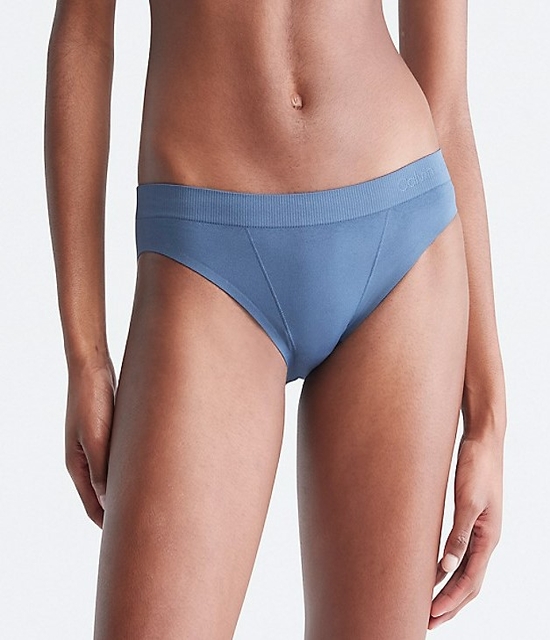
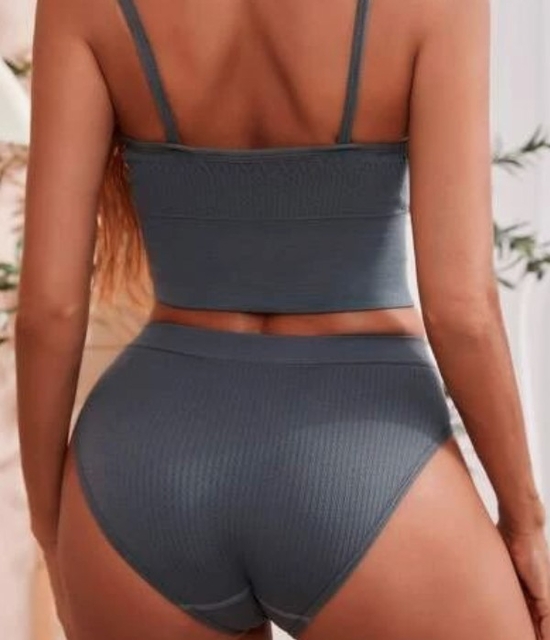
DURABILITY: BEYOND COMFORT
Knitted underwear needs to stand the test of time. Two factors come into play:
- Bursting Strength: Meeting the required bursting strength ensures your underwear is durable. Customers want garments that can withstand daily wear and laundering.
- Abrasion Resistance: Abrasion damage can be significant, with laundering and drying causing fiber damage. Controlling drying temperature and time can help minimize damage.
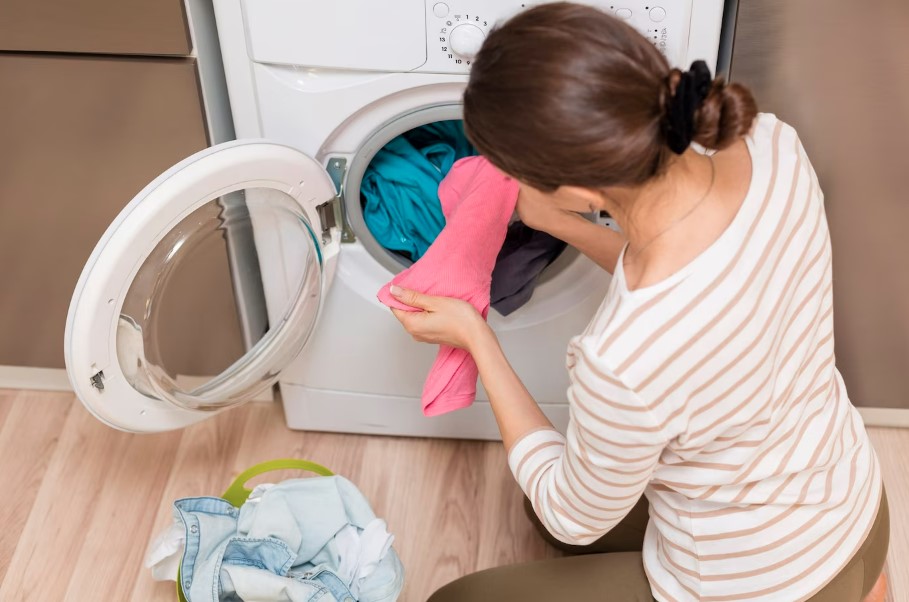
AFTERCARE: CARING FOR YOUR KNITTED UNDERWEAR
For your customers, aftercare is about maintaining the quality of their beloved underwear:
- Shrinkage: Shrinkage is a common issue after repeated laundering. Fabrics stretched during manufacture can result in course direction shrinkage. Avoid over-drying and use appropriate lubricants.
- Tumble Drying: Be cautious with high-temperature drying, as it can lead to fiber damage. Control heat energy and airflow to minimize damage during tumble drying.
Always keep in mind that the functional requirements of knitted underwear are more than just guidelines; they are the key to shopper satisfaction. Comfort, sewability, appearance, durability, and aftercare are the pillars of success in this competitive industry. So, go ahead, design your underwear with these requirements in mind, and watch your customers revel in comfort and style. Happy designing!
